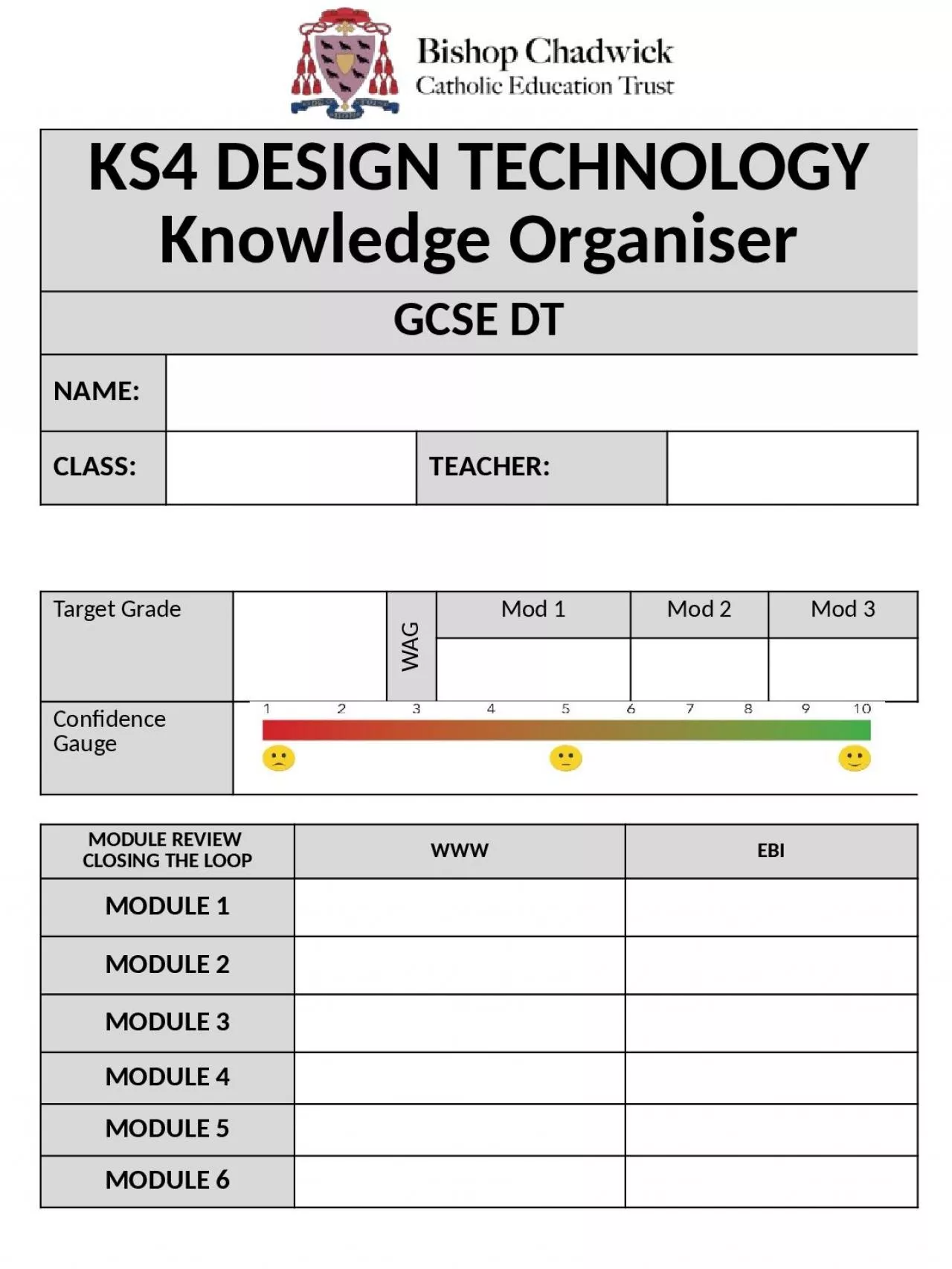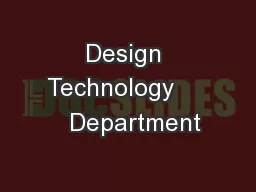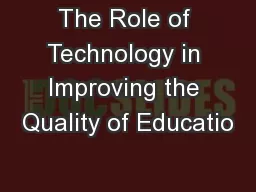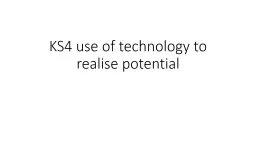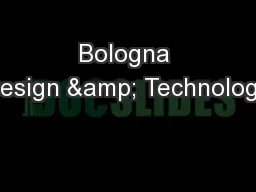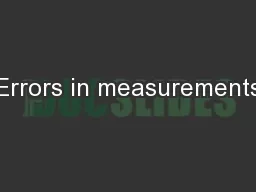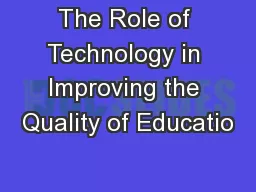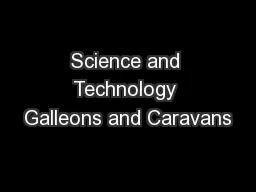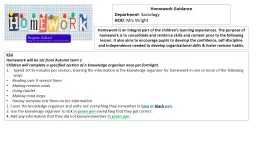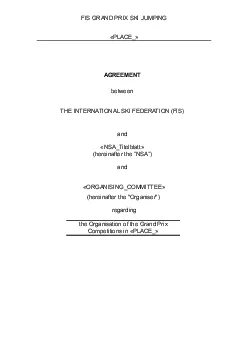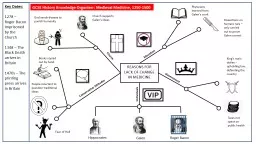PPT-KS4 DESIGN TECHNOLOGY Knowledge Organiser
Author : deborah | Published Date : 2024-02-09
GCSE DT NAME CLASS TEACHER MODULE REVIEW CLOSING THE LOOP WWW EBI MODULE 1 MODULE 2 MODULE 3 MODULE 4 MODULE 5 MODULE 6 Target Grade WAG Mod 1 Mod 2 Mod 3 Confidence
Presentation Embed Code
Download Presentation
Download Presentation The PPT/PDF document "KS4 DESIGN TECHNOLOGY Knowledge Organise..." is the property of its rightful owner. Permission is granted to download and print the materials on this website for personal, non-commercial use only, and to display it on your personal computer provided you do not modify the materials and that you retain all copyright notices contained in the materials. By downloading content from our website, you accept the terms of this agreement.
KS4 DESIGN TECHNOLOGY Knowledge Organiser: Transcript
Download Rules Of Document
"KS4 DESIGN TECHNOLOGY Knowledge Organiser"The content belongs to its owner. You may download and print it for personal use, without modification, and keep all copyright notices. By downloading, you agree to these terms.
Related Documents

